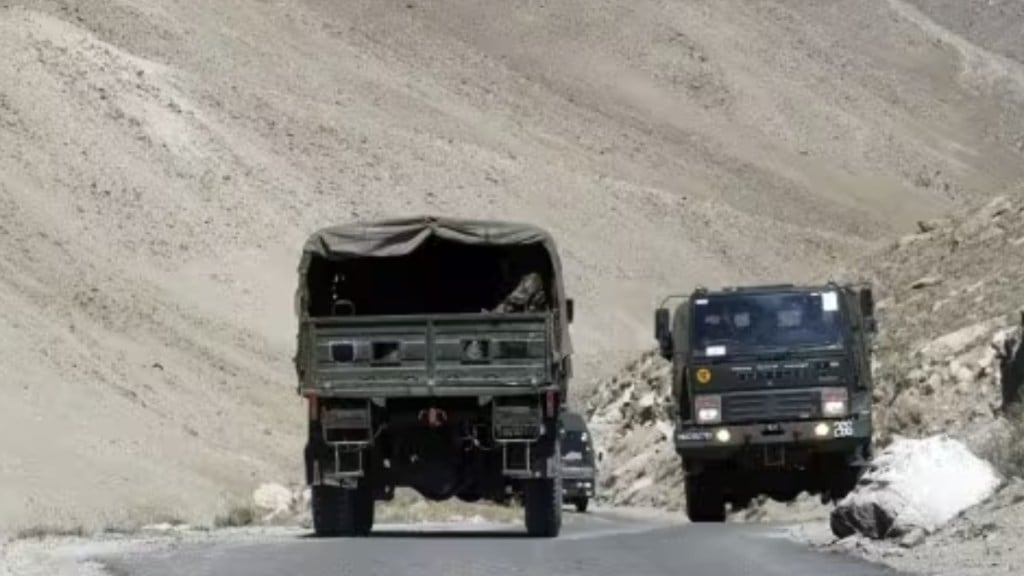In a strategic maneuver aimed at elevating its operational prowess in the face of potential adversaries, the government has released two Requests for Information (RFI) for the acquisition of 2150 high mobility vehicles (HMVs) for the Indian Army. This development focuses on reinforcing positions along the Line of Control (LoC) with Pakistan and the Line of Actual Control (LAC) with China, regions that hold vital importance in maintaining national security.
The core mandate of these HMVs is to accommodate a substantial payload of no less than 8000 kg, a testament to their intended role in supporting critical equipment and resources for the army’s operations in diverse terrains. Comprising two distinct categories, the RFIs highlight the approach towards modernizing the existing fleet of vehicles that has been serving the military.
The first RFI pertains to the procurement of 650 HMVs 6×6, complete with a material handling crane, while the second RFI addresses the acquisition of approximately 1500 HMVs 6×6 for general service purposes.
A critical aspect stressed by sources within the Army is the vehicles’ capacity to traverse treacherous mountain roads characterized by their narrowness and sharp turns. These vehicles are not merely intended for conventional transportation but are also equipped to engage in complex logistical tasks, such as the loading of payloads onto systems like artillery guns, facilitated by the material handling crane.
The manifold utility of these HMVs is highlighted by their intended application across different terrains, encompassing metallic roads, desert tracks, unmetalled roads, and Kachha tracks. Envisioned as high mobility load carriers, they boast an essential 6×6 drive and the ability to shoulder a substantial payload of 8000 kg, even in challenging cross-country terrains. This adaptability extends further, with provisions for modifications to suit diverse applications, from troop carriage to flatbed container transport and other specialized roles.
Beyond their technical specifications, the significance of these HMVs lies in their role within India’s larger defense infrastructure. Their integration within the ‘Make in India’ initiative underscores the nation’s commitment to self-sufficiency in defense manufacturing. As the vehicles are sourced from Indian vendors, the criteria for indigenous content are carefully laid out, necessitating a minimum of 60 percent indigenous content for vendors manufacturing independently and over 50 percent for those in partnership with original equipment manufacturers.
The timing of this development is noteworthy, occurring amidst ongoing tensions along the India-China border, particularly in eastern Ladakh. With New Delhi’s persistent efforts to enhance its border infrastructure and armament, these high mobility vehicles constitute a pivotal component of the comprehensive strategy aimed at securing national interests. In light of China’s consistent efforts to bolster its own border infrastructure, India’s proactive approach to defense modernization serves as a testament to its commitment to safeguarding its territorial integrity.
In conclusion, the Indian government’s issuance of RFIs for high mobility vehicles exemplifies a proactive and calculated move to fortify defense capabilities along the borders with Pakistan and China. Beyond their technical attributes, these vehicles symbolize India’s resilience and determination to secure its interests in a rapidly evolving global landscape. As the nation forges ahead with indigenous manufacturing and strategic investments, the message conveyed is clear: India is resolutely prepared to navigate challenges and secure its borders effectively.


